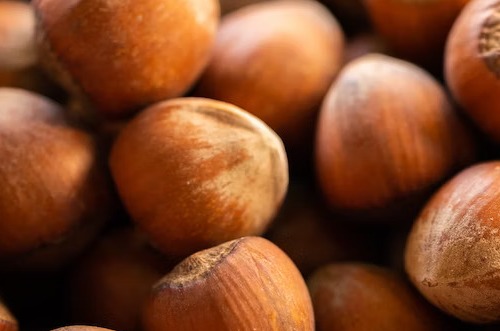W28: Hazelnut Update

In W28 in the hazelnut landscape, Chilean hazelnut exports have surged in Q1 2023/24 season, reaching 10.86 thousand metric tons (mt), compared to 5.38 thousand mt in the same period last year and the five-year average of 5.05 mt. With a record crop of 65,000 mt, an increase of 20% YoY, exports are expected to break previous records. The favorable hazelnut harvest and competitive prices position Chilean hazelnuts as the preferred choice over Turkish hazelnuts. The strong performance is driven by Chile's alternate seasonality, lower prices compared to Turkey, and increased affordability due to reduced freight costs. Chilean hazelnuts have gained momentum in exports to Europe and Canada. However, competition may intensify as the weakening Turkish lira brings Turkish hazelnut prices back to export parity. Overall, Chilean hazelnuts are forecasted to maintain their competitiveness in price and quality. In Italy, the president of the Nebrodi Hazelnut Community reported that a windstorm in May uprooted rows of pine trees that acted as a barrier, and approximately 4 to 5 thousand hectares (ha) of hazelnut grooves were severely damaged, compromising the entire harvest.
Turkish hazelnut prices set by the Turkish Grain Board (TMO) are still considered high by Turkish stakeholders, leading to slow sales. TMO had aimed to sell 23 thousand tons of hazelnuts, but buyers are not showing interest at the current prices. TMO intends to sell hazelnuts above USD 2.60/kg (TRY 68/kg), which exporters consider unhealthy for supporting exports. Stakeholders believe a price range of USD 2.41-2.48/kg (TRY 63-65/kg) would have been more appropriate. The standstill in the Turkish market has benefitted Georgia, as the country exported 625 tons of hazelnut kernels in May-23 and Jun-23 at a price 11% higher than the same period last year. However, the situation in Turkey could pose challenges for the upcoming harvest and put negative pressure on global hazelnut prices. Additionally, the devaluation of the Turkish lira adds further difficulties. It is estimated that Georgia has exported most of its stocked hazelnuts and expects a rise in production volume above 50 thousand tons (in-shell) in the upcoming season, with harvest starting at the end of July. Lastly, the hazelnut crops in Düzce, a significant hazelnut-growing region in Turkey, have suffered damage due to floods and heavy rainfall. Damage assessment studies conducted by the Provincial Directorate of Agriculture and Forestry teams indicate that 204.6 ha out of 10 thousand ha of land planted in flat areas have submerged in water.





